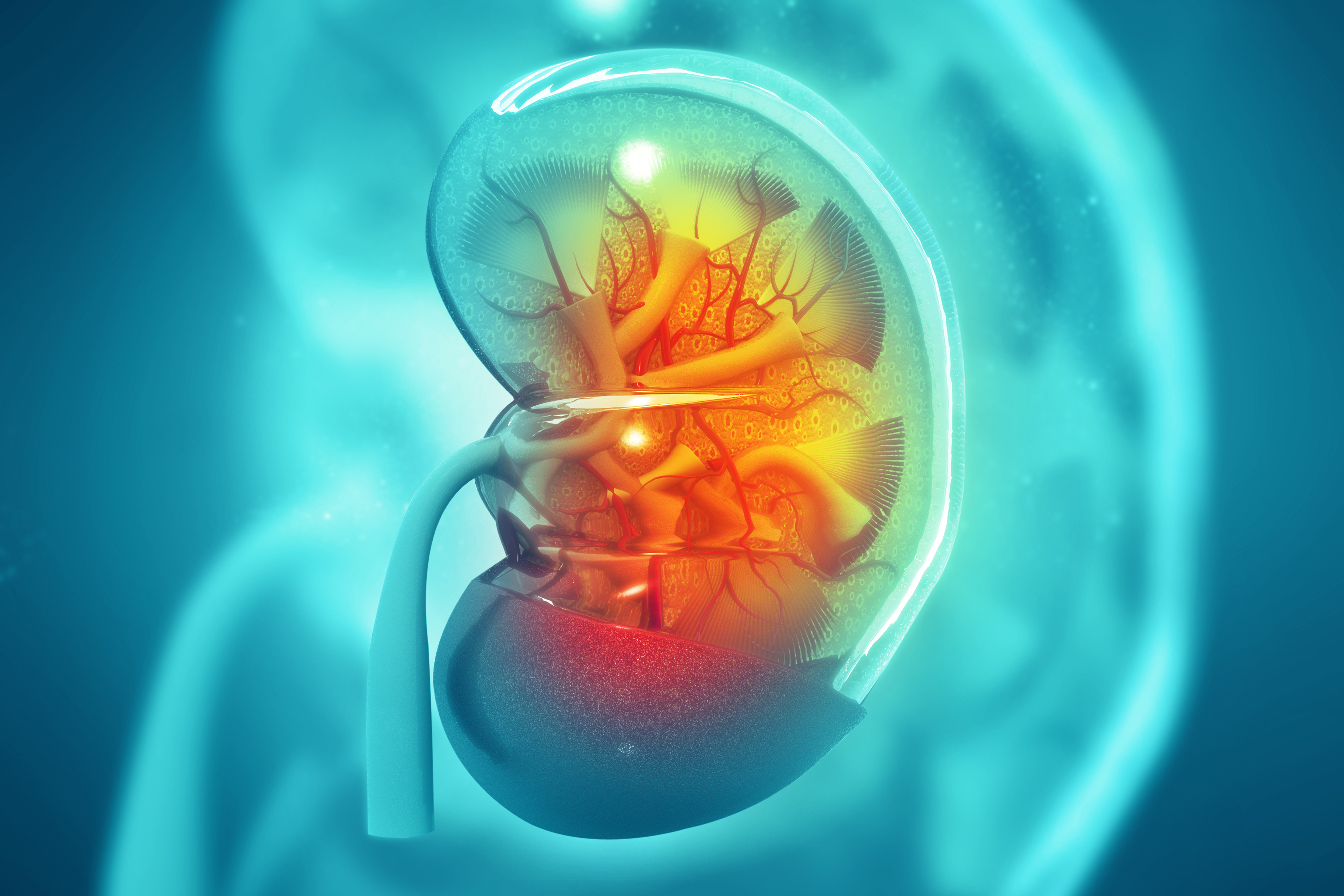What to Keep in Mind During Plasma Exchange Therapy When You Have aHUS

Atypical hemolytic uremic syndrome (aHUS) is a rare genetic disease that is usually triggered by environmental factors, though mutations in different genes can predispose a person to this disease. Its symptoms can include hemolytic anemia (loss of red blood cells), thrombocytopenia (low platelet count), and kidney failure.
Plasma exchange (PEX) therapy, also called therapeutic plasma exchange (TPE), is considered a first-line treatment for aHUS patients. Plasma is a clear, straw-colored component of the blood that is comprised of water, dissolved proteins, salts, enzymes, hormones, and antibodies. In this therapy, the cellular components of the blood are separated from the plasma, which is then discarded. The components are mixed with a plasma substitute and returned to the patient.
Here are a few things to keep in mind if you are considering PEX therapy.
Check your eligibility for PEX
You should check your eligibility before starting PEX therapy. PEX may not be suitable if you are hemodynamically unstable, meaning you experience or have an abnormal heart rate, low blood pressure, loss of breath, etc.
You might also be ineligible for PEX if you are allergic to heparin, frozen plasma, or human albumin; have hypocalcemia (calcium deficiency), or are unable to tolerate central line placement.
Prepare for the therapy
PEX can take between two to three hours to complete, so prepare yourself well for this therapy. Drink lots of non-carbonated, non-alcoholic fluids over several days before the procedure. You should also eat well before starting the therapy.
PEX can change the concentration of medications in circulating blood, so if you are on another therapy, inform your doctor.
Know the associated risks
PEX is generally safe and known to reduce the relapse of aHUS symptoms before or after a kidney transplant. However, some patients may experience side effects from this procedure, including low blood pressure, shortness of breath, metabolic alkalosis (an increase in blood pH above 7.45) leading to headaches, and hypokalemia (low potassium blood levels). Some cases of an allergic reaction to the donor plasma are also known.
Inform your doctor immediately if you feel unwell after PEX therapy.
Understand the limitations of PEX
PEX alone cannot cure aHUS. But the therapy is known to help in slowing symptom progression, as it removes the auto-antibodies and mutated complement factors responsible for causing the symptoms of this disease.
These auto-antibodies can form again, however, and PEX may need to be repeated multiple times depending on the severity of your symptoms. Your doctor may complement PEX with other therapies, such as Soliris (eculizumab).
Have an aide by your side
You may feel tired after PEX. For this reason, it is advisable to ask a family member or a friend for assistance while attending a PEX session and to drive you home after the treatment. Driving is not recommended for you on the day of a session, and you should avoid strenuous activity for one day following treatment.
Last updated: Feb. 3, 2020
***
aHUS News is strictly a news and information website about the disease. It does not provide medical advice, diagnosis, or treatment. This content is not intended to be a substitute for professional medical advice, diagnosis, or treatment. Always seek the advice of your physician or other qualified health provider with any questions you may have regarding a medical condition. Never disregard professional medical advice or delay in seeking it because of something you have read on this website.






